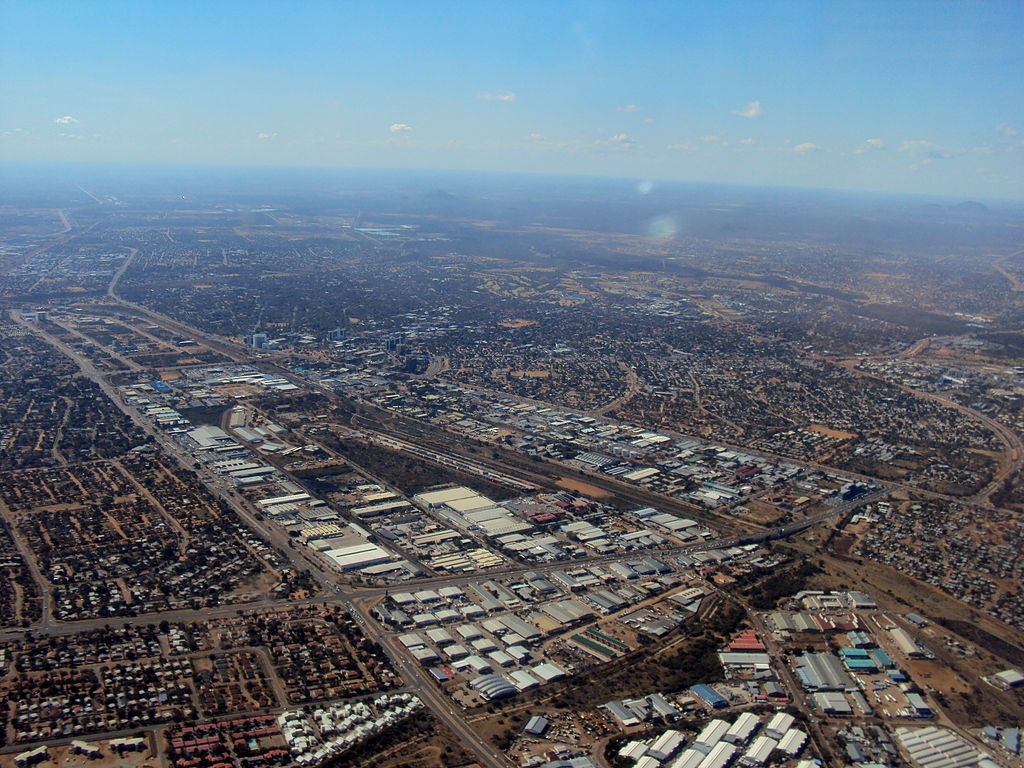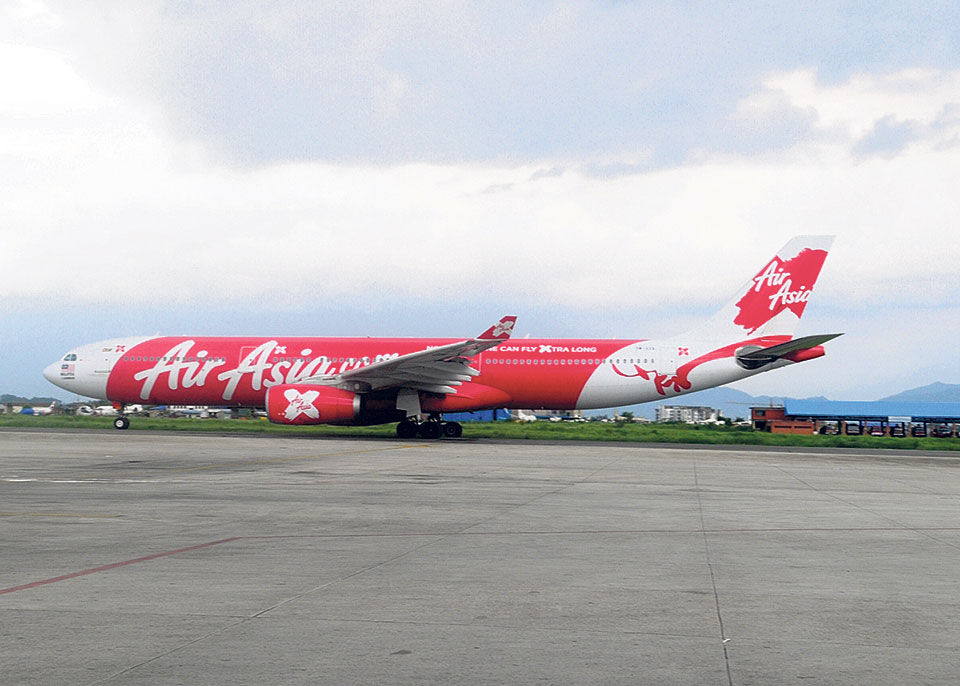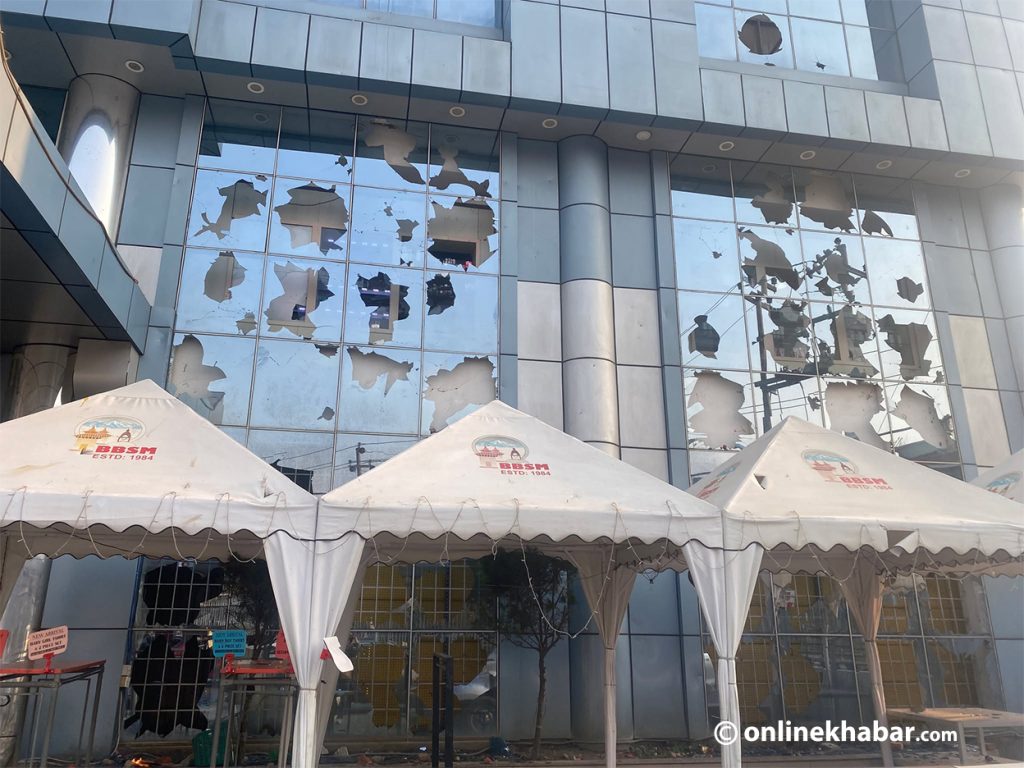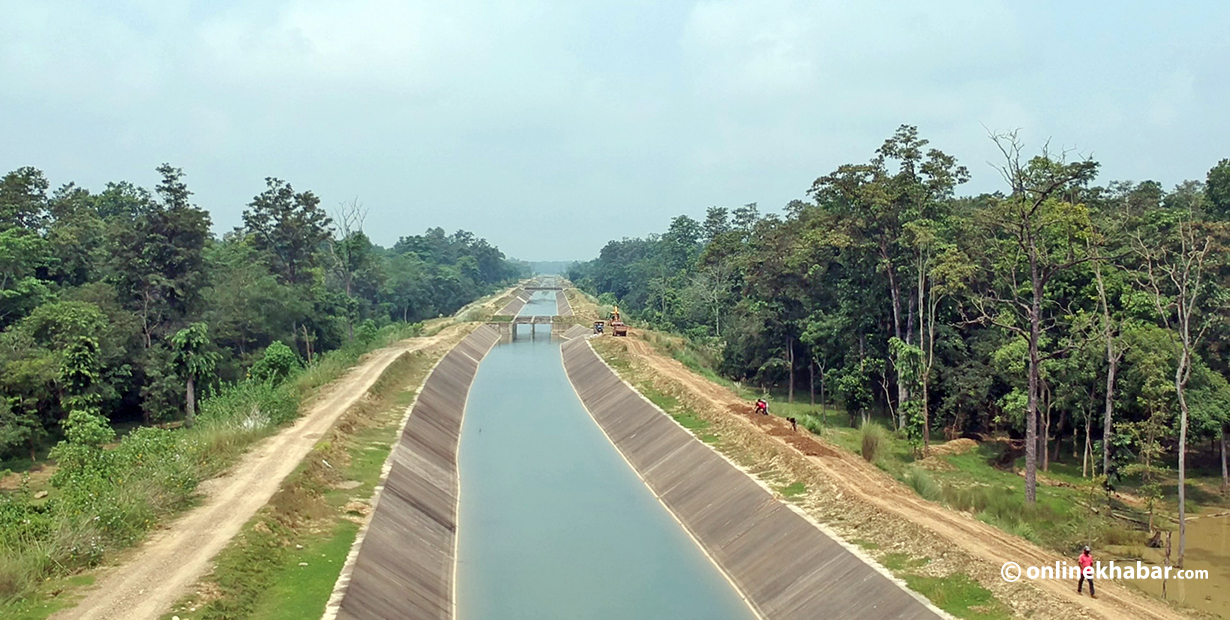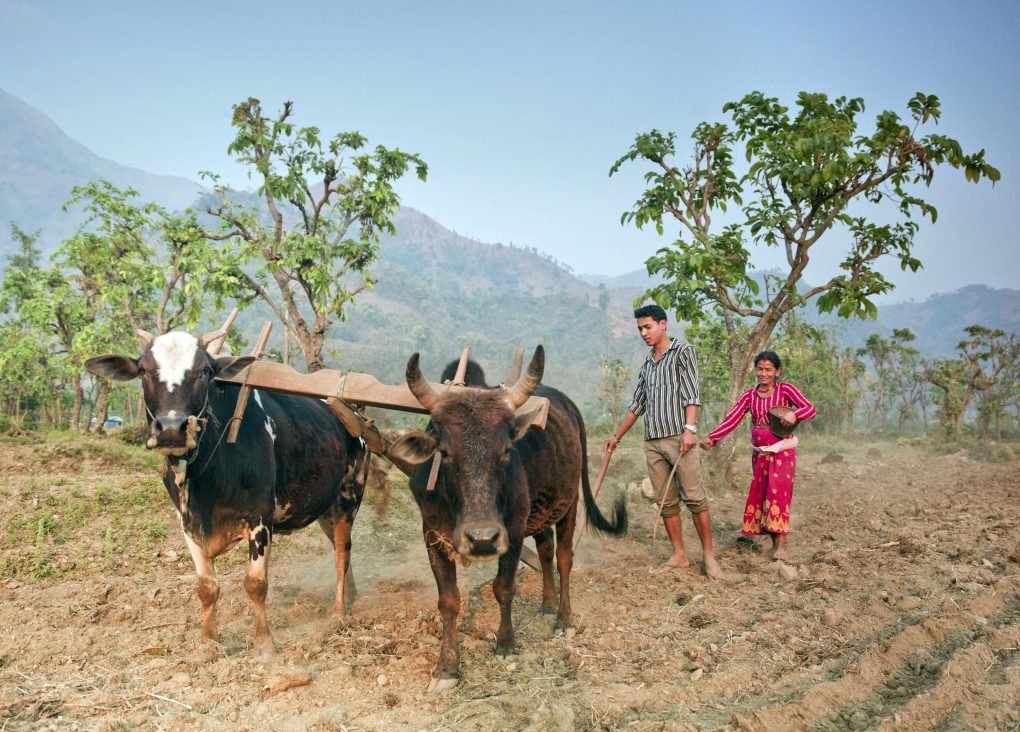The economic transformation of Botswana from scratch to a successful developing country (upper-middle-income economy) is remarkable. When Botswana gained independence in 1966, it remained economically and politically backward. Only a handful of people had acquired university education and very few were literate. Cattle rearing and animal husbandry were only assets of the country’s economy, but nearly one-third of its cattle were destroyed by the drought of the 1960s. This impaired country’s economy to misery. Most of its youth had to go to South Africa for wage work. And, most importantly, it is a landlocked country of Africa having issues of cross-border transportation and access to the sea.
There were other incidents if we further explore to identify how situations had hindered the fortune of Botswana from progressing. Poor quality of soils, very low or no investment in agriculture and industry, lack of skilled human resources, frequently recurring drought, and resistance in adopting new technology by traditional farmers were some reasons we can cite. Therefore, Botswana’s economic transformation was due to the amalgamation of political and economic success via visionary and untamed policies throughout its democratic history wherein democratic practices had never undergone into crisis.
The only country that experienced rapid economic growth within a short time is China, and Botswana is now classified as another country that made much progress. Therefore, there are some factors where we can connote how Nepal, a landlocked country, can transform its economic status into a much progressive path as Botswana do.
Similarities and differences
Nepal shares similar status to Botswana regarding its problem in cross-border transportation, low investment in industry and problems in adopting new technology in agriculture, the outflow of most youth in the Gulf countries and abroad for wages etc. In addition to this, Nepal faces two challenges as Botswana does. They are geographical or locational challenges and economic constraints. We have the problem of access to the market, expensive transportation costs with no alternative routes for cargo transportation, minimal inflows of FDI, etc. But, we have a good quality of soil, no recurring drought etc, which shows good prospects investing in economic development.
In the context of Botswana, its political stability is worthy of citation. Since Sir Seretse Khama was first elected the president of the country, enthralling policies relating to economic, investment, development and bureaucratic functioning continued till today. They have given impetus to progressive economic transformation.
In contrary to this, we have not experienced political stability since the reestablishment of the multi-party democracy in 1990. This instability has not given impetus to stable policies as Botswana experienced. After the Comprehensive Peace Agreement in 2006, we have been, in some way, subservient to politics, which has circumvented our institutional capacity and regulatory framework of the nation.
Policies and priorities
Political transition into a stable government system is inevitable, but economic transformation owes much emphasis also. The elucidation of the importance of political stability and stable policies depict that the economic transformation of Botswana may be a lesson to Nepal.

Botswana entered into multilateral trading with neighbouring countries and abroad, thus establishing a framework for adopting policies relating to adjustment or reform in imposing tariff, taxes, customs duty or agreements vis-à-vis privileges in access to remote markets in neighbouring countries. This is done to export its manufactured products and services to remote consumers and markets. Botswana enunciates a concerted effort in implementing an investment policy from the late 1990s for bringing more FDI into the country but orienting them to export the manufactured products and services. It tried to set up a strategy on economic diversification, meaning it tried to invest consistently in sectors other than the diamond mining industry too.
The investment policy also envisioned infrastructural development policies like the development of energy or power and water projects which are instrumental to economic growth. The government of Botswana allocates its budget to investment and infrastructure policies with its largest share. The spearheaded success of Botswana is due to its policy in exploring and exploiting resources with the idea of a joint venture with foreign investors despite widespread nationalisation.
In this regard, Nepal has also experienced the inflows of FDI since 1981but introduced its legal and regulatory framework in 1992 through Foreign Investment and Technology Transfer Act. The greater challenge for Nepal to attract FDI are the access to remote markets, within and abroad. Nepal’s particular policy in easing inflow FDI orienting them to manufacture products and services, prioritising much on export, seems lacking.
The institutional capacity on establishing welcoming economic, investment and fiscal policies, limiting and controlling privatisation while easing opportunities to joint venture share with companies, is important as in Botswana. Similarly, the state orientation on a market-based economy is also a must. A favourable macro-economic policy is necessary.
In addition to this, Nepal’s attitude with neighbouring states for bilateral, multilateral and regional economic agreement for access to market, adjustment or reform mechanisms relating to tariff, custom duty, taxes, etc are a must. Prioritising the exploration of resources is also a ground of concern.
Nepal and Botswana share the same locational challenges and problems of economic constraints. The model of fiscal policy, investment policy, monetary policy, development policy and policies as well as strategies regarding trade and partnership adopted by Botswana may be a lesson to Nepal. Adjustment and arrangement to existing policies favouring economic boost as Botswana practises may be instrumental.
Therefore, Botswana’s exponential economic transformation and the reason behind its success may be a lesson to Nepal’s economic transformation. An in-depth exploration of multitudes of areas about how a particular country with similar characteristics transforms its economic status with democratic practices needs a critical study. Botswana is an example of this, from which Nepal can learn lessons. Besides this, the attitude of leaders is rudimental in nation-building.



